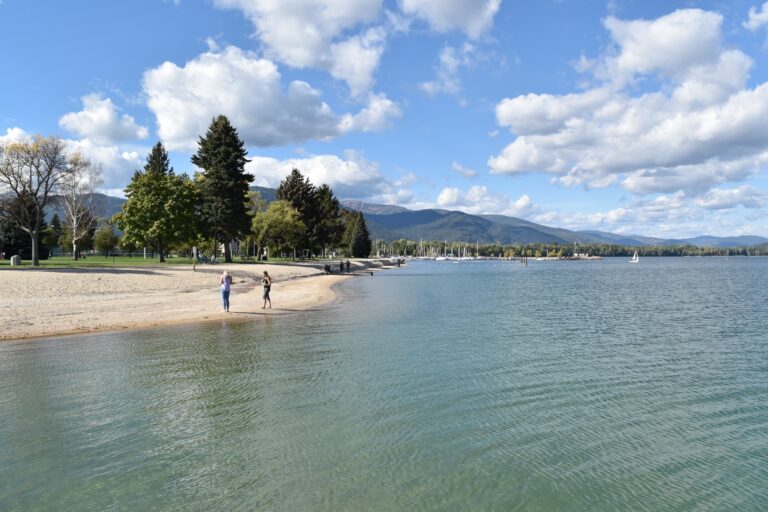Personal experience is the best way to teach kids that every American citizen is a landowner thanks to the preservation and conservation of public lands for the greater good. Here are seven ways to get started.
1. Learn History.
Public lands have a rich, in-depth history, and some of it’s ugly—starting with the fact that all U.S. public lands were originally inhabited by Native Americans until tribes were forcibly pushed off their lands by western settlement and the U.S. Army. National Parks employ interpretative rangers specifically for teaching the public and the junior ranger programs.
Additionally, state parks often have interpretative signage to provide historical context for the land and teach about a park’s unique features or environmental impacts, such as threats to wildlife or effects of climate change.
In the Inland Northwest, you can learn about Native American history, Ice Age floods and the Channeled Scablands, and the Great Fires of 1910 by visiting state parks, wildlife refuges, and national forests.
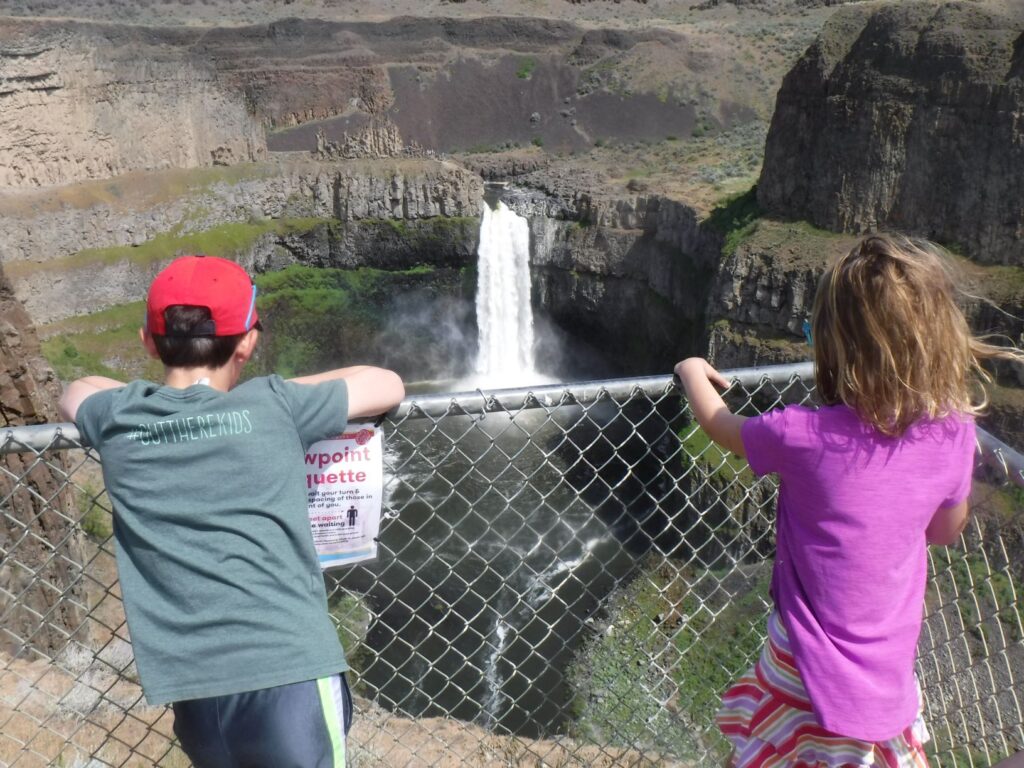
2. Engage.
Don’t just look; teach kids to use all their senses to enjoy the wonder and beauty of a place, like the scent of evergreen trees and wildflowers, the sound of songbirds and rivers flowing, the taste of huckleberries, and the feel of rough bark and smooth rocks.
Practice Leave No Trace principles; kids can draw pictures in a field journal (make your own) or take photos of what they might otherwise want to bring home.
Bring a field guide to better identify native plants and wildflowers while you’re there. I started doing this with my kids and it has enriched our time in the wild and can even make it feel like a scavenger hunt. (National Audubon Society has regional field guides for North America.)
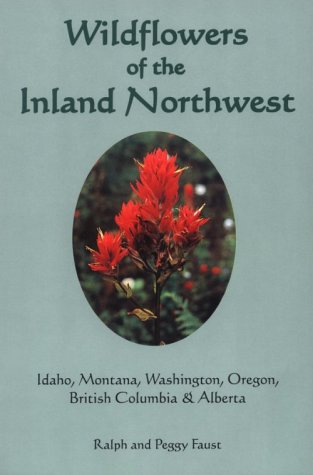
3. Stay overnight.
Camp at a national forest campground. It’s rustic, but campsite reservations cost less than state parks. Some state parks have cabins, yurts, and converted fire lookouts for overnight accommodations, and national parks also have lodges.
Experiencing a park after dark provides new sights and sounds that kids will love, especially the starry night sky.
4. Become a Junior Ranger.
Most national parks, and many state parks, offer Junior Ranger education programs for youth. (State parks programs: Washington; Idaho). With COVID, some in-person programs have been modified or suspended, but there are Junior Ranger Online programs (NPS.gov/kids/junior-rangers), such as Junior Cave Scientist or Railroad Explorer.
The Bureau of Land Management website offers a Make Your Splash! Junior Ranger program to learn about America’s Wild and Scenic Rivers.
5. Visit a wildlife refuge.
Find a National Wildlife Refuges (NWR) using the U.S. Fish and Wildlife Service website. States also manage wildlife areas; for example, there are six in the Idaho Panhandle region.
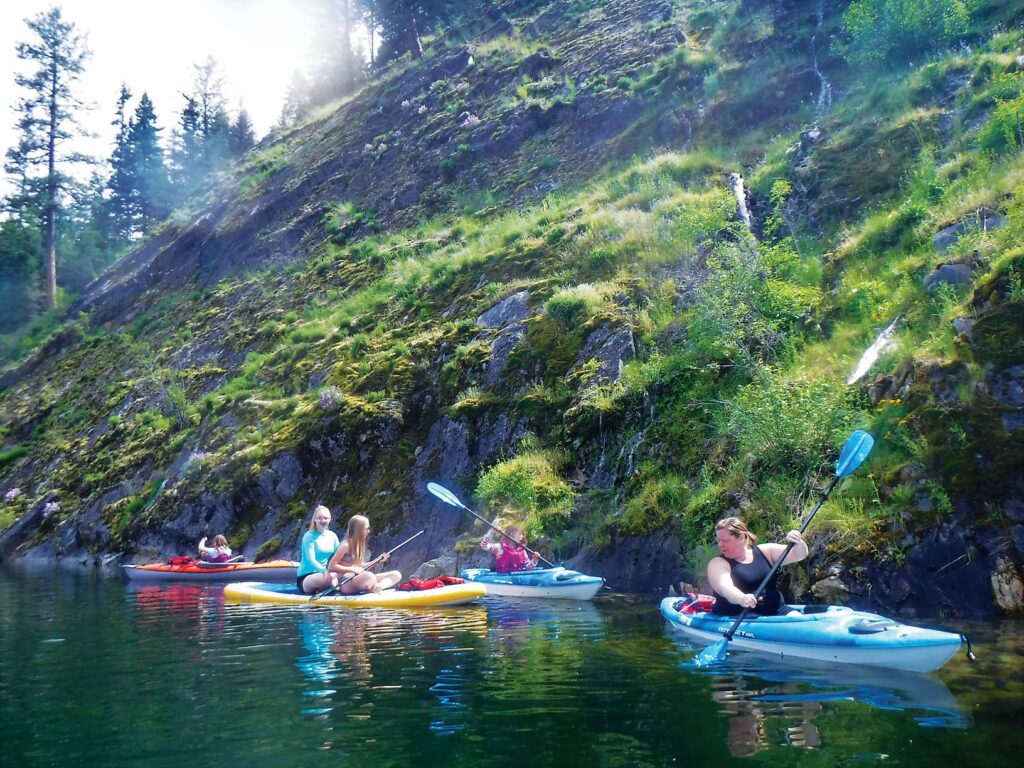
6. Every Kid Outdoors pass.
Available to children in 4th grade through EveryKidOutdoors.gov, the free pass provides a year of unlimited visits to all federal parks, lands, and waters (Sept. 1-Aug. 31 of that school year). The pass waives vehicles fees, and for any park that charges a per person entrance fee, up to three adults and all children age 16 and younger are free.
7. No-Fee Days.
Most national forests and recreation areas, such as Lake Roosevelt, cost nothing for day visits. Certain days at state and national parks are designated no-fee days. In Washington State, many public libraries offer “Check Out Washington” that includes a Discover Pass for admission to state parks and water access sites.
The National Park Service offers free America the Beautiful Passes for active-duty U.S. military and people with disabilities, and discounted passes for senior citizens (hey, grandparents!).
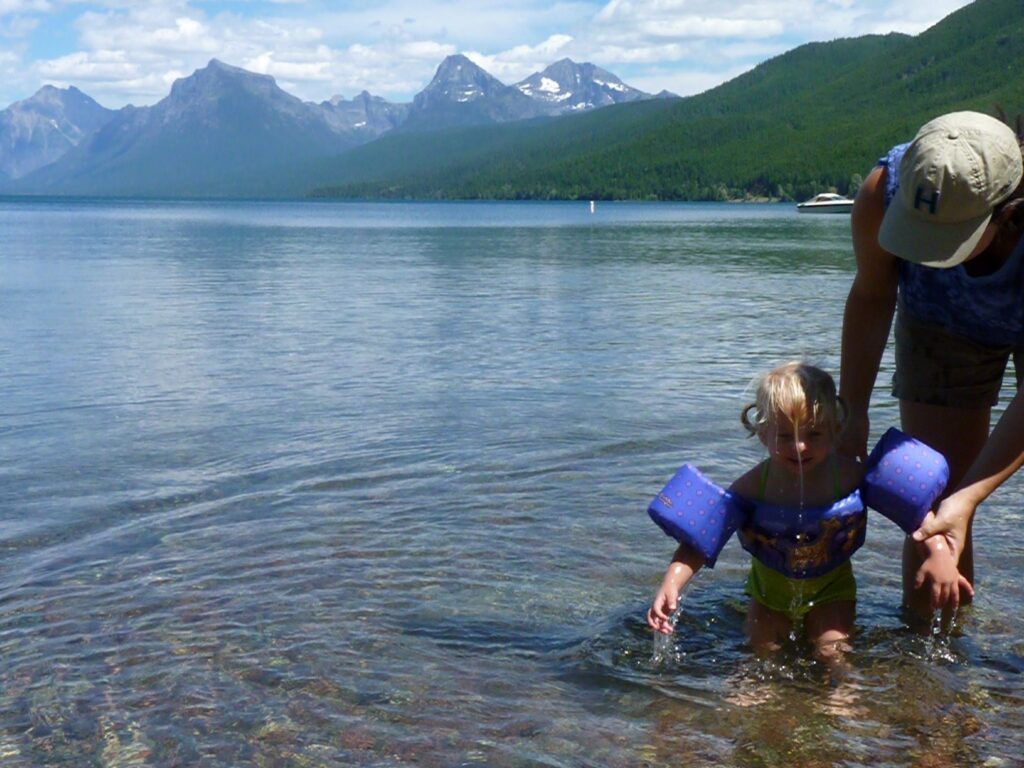
Upcoming No Fee Days (2020)
- Sept. 13 (make-up day from Spring 2020 when parks were closed)*^
- Sept. 26: National Public Lands Day*^
- Oct. 10: World Mental Health Day*
- Nov. 11: Veterans Day*^
- Nov. 27: Autumn Day*
*no Discover Pass required for Washington State Parks
^no fee for parks/public lands managed by National Park Service, U.S. Forest Service, Bureau of Land Management.
Find more no-fee days
Story originally published as “Teach Your Children Well” in the September-October 2020 double issue.
Amy McCaffree was born and raised in Washington State, in the Puget Sound region, and now lives in Spokane where she adventures outdoors with her husband and their two children.












